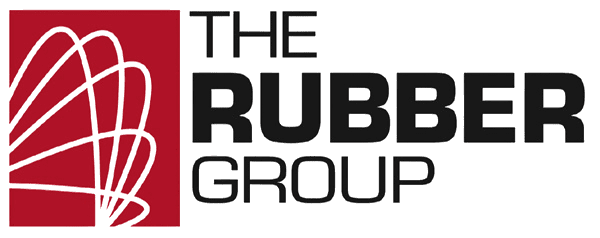The Rubber Group is announcing its acquisition of an FTIR spectrometer and microscope that the rubber molding company will use to identify compounds and analyze specific areas of interest. FTIR, an acronym for Fourier-transform infrared spectroscopy, supports the reverse engineering of rubber materials where the elastomer is unknown. FTIR spectroscopy and microscopy applications include the verification of rubber compounds and field failure analysis (FFA) to determine contact with contaminants.
FTIR Spectroscopy and Microscopy
Fourier-transform infrared spectroscopy (FTIR) is an analytical technique that directs infrared (IR) radiation at a material sample. Some radiation is absorbed, but some is transmitted. By analyzing wavelength absorption, FTIR spectroscopy can obtain a unique IR “fingerprint” for the sample. More specifically, the process uses the data that’s obtained to generate a graph. In turn, this graph is compared to a known library of graphs to identify the material under inspection.
The Rubber Group’s FTIR spectrometer includes a microscope for close-up viewing that’s beyond the normal resolution range of the human eye. This instrument also allows technicians to zoom-in and scan specific areas of a material o detect and identify contaminants or foreign substances. The microscope for the FTIR spectrometer is mounted on a special anti-vibration, floating table top that supports the acquisition of very precise measurements.
FTIR Spectrometer and Microscope Applications
The Rubber Group will use its new FTIR spectrometer with microscope for multiple applications. First, technicians can verify that suppliers have not changed an elastomer’s formulation or a compound’s ingredients without providing notification. This is especially important in applications where even a small change to a compound’s properties could shorten the service life for standard or custom molded rubber products.
Second, The Rubber Group will use its new equipment to analyze customer-provided samples of unknown elastomers. This supports the reverse engineering of molded rubber products where a customer may not know the material specifications for a rubber product. This can happen when part drawings are unavailable, or replacements are needed for older rubber products.
Finally, the FTIR spectrometer with microscope will help with FAA, the process of collecting and analyzing data to determine to identify the cause of a failure. In addition to identifying contaminants that may have caused the failure, The Rubber Group can determine if a molded rubber product originated with the Rochester, New Hampshire company or came from a competitor.
For more information about The Rubber Group’s capabilities, contact us.
